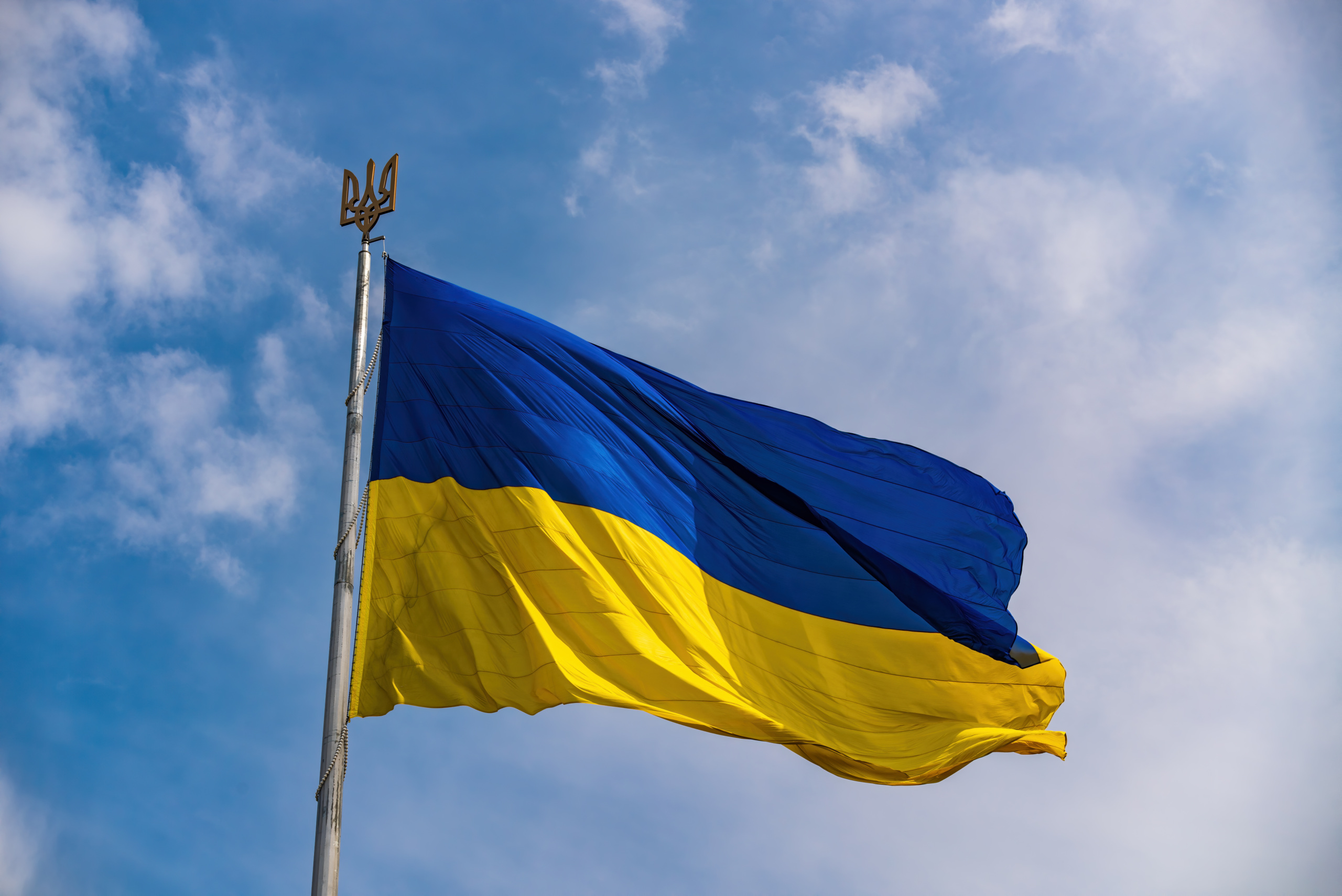
NTI President Joan Rohlfing Talks Neuroscience and Nuclear War with The New York Times
Joan Rohlfing discusses how nuclear risks are the highest they have ever been in the nuclear age and how our nuclear launch protocols are outdated.
Lynn Rusten, vice president of NTI’s Global Nuclear Policy Program, participated in a panel at the Brookings Institute on October 18 to discuss the Department of Defense’s (DoD) newly released 2023 Strategy for Countering Weapons of Mass Destruction (CWMD). Rusten, who provided expertise on nuclear threats, appeared alongside her former NTI colleagues Richard Johnson, Deputy Assistant Secretary of Defense for Nuclear and Countering Weapons of Mass Destruction Policy, and Beth Cameron, Professor of the Practice and Senior Advisor to the Pandemic Center at the Brown University School of Public Health.
The DoD’s new CWMD strategy, last updated in 2014, comes at a time when longstanding norms against nuclear use are being tested. “The risks are growing,” Rusten said. “We are in an environment of more adversarial relations with Russia, and potentially China. We have seen President Putin using nuclear coercion that is unprecedented in recent times, so there is concern about the norms against use being eroded.”
Rusten also discussed threats posed by radiological weapons and the steps that all countries and areas, including the United States, should urgently take to promote radiological security. She pointed to NTI’s Nuclear Security Index, which measures nuclear and radiological security conditions globally, saying “The Index that came out this year [shows] significant slippage [on nuclear and radiological security], and we are at risk in the international community of taking our eye off this ball.”
Rusten also shared her broad assessment of the strengths and shortcomings of the CWMD strategy. She commended the strategy’s focus on the role of emerging technology and how it will complicate policymakers’ ability to manage and respond to threats, but she maintained that it could have been strengthened by disaggregating and differentiating threats at a top level and including more about cooperative efforts that the United States could pursue with allies and adversaries. There are opportunities to cooperate with China, and even Russia, and when the war ends, she said, “mutual interest will compel us to mutual restraint.”
Sign up for our newsletter to get the latest on nuclear and biological threats.
Joan Rohlfing discusses how nuclear risks are the highest they have ever been in the nuclear age and how our nuclear launch protocols are outdated.
As the war in Ukraine continues, destroying cities and causing the worst humanitarian crisis in Europe in a generation, NTI’s policy experts are fanning out across the news media to discuss the implications of Putin’s actions
A new video featuring national security expert Richard A. Clarke explains the cyber-nuclear threat and why we should all be worried about hackers gaining access to our nuclear weapon systems.

